The 'son of the hills' theory, which has been the talking point in the hills of Darjeeling, Kurseong, and Kalimpong in North Bengal for quite some time now, gained further momentum after the Trinamool Congress fielded former bureaucrat Gopal Lama, a local face, from the Darjeeling Lok Sabha constituency.
On Monday, less than a day after Lama’s name was announced as the party candidate, the Gorkha Janmukti Morcha (GJM) hinted that there is a high possibility of GJM supremo Bimal Gurung contesting as an Independent candidate from the same constituency.
According to Nemon Rai, a youth leader of GJM, only a prominent local face can work for the real development of the people of the hills.
“Who else but Bimal Gurung, who has been fighting for a separate Gorkhaland state for years, is more eligible for that position? That's why we want him to contest from Darjeeling this time. We will hold meetings on this in the coming days,” Rai said.
While the BJP is yet to announce its candidate from Darjeeling, another prominent political force in the hills, the Bharatiya Gorkha Prajatantrik Morcha (BGPM), which has a political understanding with the Trinamool, has expressed satisfaction over the choice of the ruling party’s nominee.
According to BGPM supremo and Gorkhaland Territorial Administration (GTA) chief executive Anit Thapa, since the beginning, he had insisted on fielding a local face, and had even discussed the matter with Chief Minister Mamata Banerjee.
“Now with Gopal Lama being chosen as a candidate, not just us, but the entire Gorkha population is happy. We wish that Lama, after getting elected, will fulfil the wishes of the local Gorkha people,” said Anit Thapa.
The Darjeeling constituency has been a BJP stronghold for the past three consecutive terms starting 2009, and Raju Bista is the sitting BJP MP.
Throughout this period, the BJP received the backing of GJM and Gurung, though the latter’s charisma has eroded substantially from what it was during the peak period between 2009 and 2019.

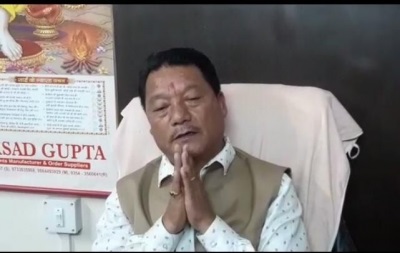
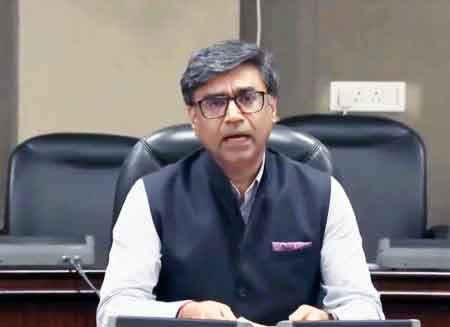
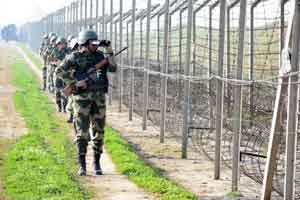
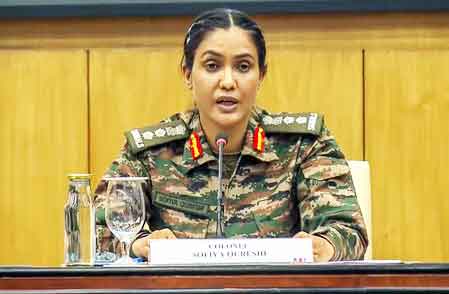
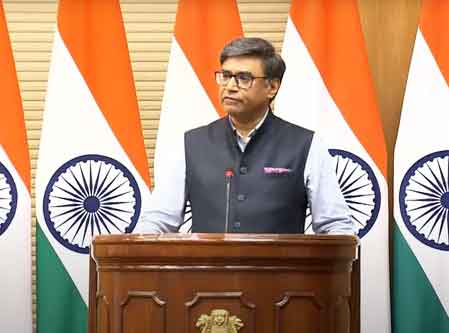
Satellites are continuously working to ensure India's security: ISRO Chairman
ISRO Chairman V. Narayanan on Sunday said that 10 satellites are continuously working round-the-clock for the strategic purpose to ensure the safety and security of the citizens of the country.
Indo-Pak tension: NE students studying in Punjab & Haryana moved to safer places
In the wake of the India-Pakistan tensions, various state governments of the northeast have moved their students studying in Punjab and Haryana to safer places, officials said on Saturday.
‘We are working under PM Modi’s direction’: Tripura CM
Tripura Chief Minister Manik Saha on Saturday said that he has requested the Central and state forces to work in synchronisation in dealing with the present situation arising in view of the India-Pakistan tensions.
Govt boosts social welfare schemes with increased allowances: CM
Chief Minister Prof. Dr. Manik Saha today said that senior citizens are not a burden on society and everyone needs to expand the scope of respect, love, and compassion for the elderly so that no more old age homes are required in society.
Govt launches 24X7 helpline for students studying outside the state
In light of the ongoing India-Pakistan tensions, the Tripura government has launched a 24×7 emergency helpline to support students from the state who are pursuing education in different parts of the country.
Indian army responding to Pak ceasefire violations: FS Vikram Misri
Foreign Secretary Vikram Misri on Saturday said that Indian armed forces have been responding adequately to the ceasefire violations by the Pakistani army despite the announcement of truce between the two countries a few hours earlier.
Hours after announcement of truce, Pakistan violates ceasefire
Despite the announcement of ceasefire by India and Pakistan, there was a violation by the Pakistan army on Saturday evening in Akhnoor, Mendhar, R.S. Pura, Chamb, Bhimber and Gurez sectors while loud blasts were also heard in Srinagar.